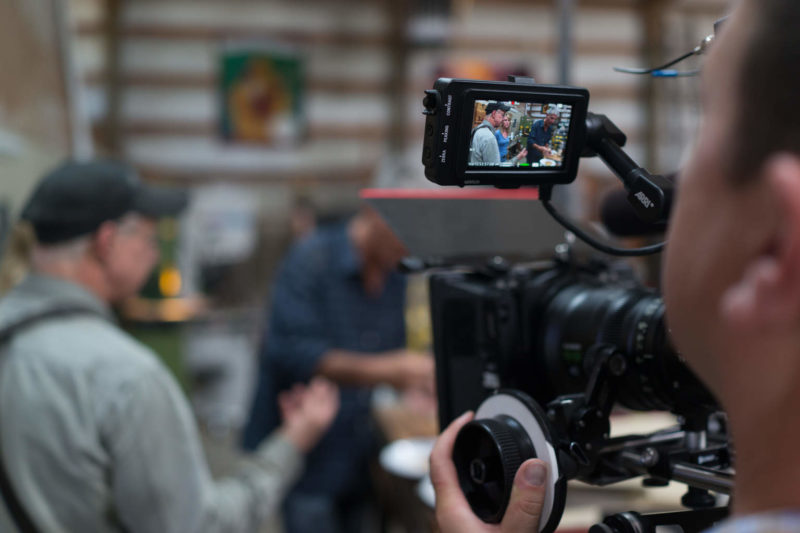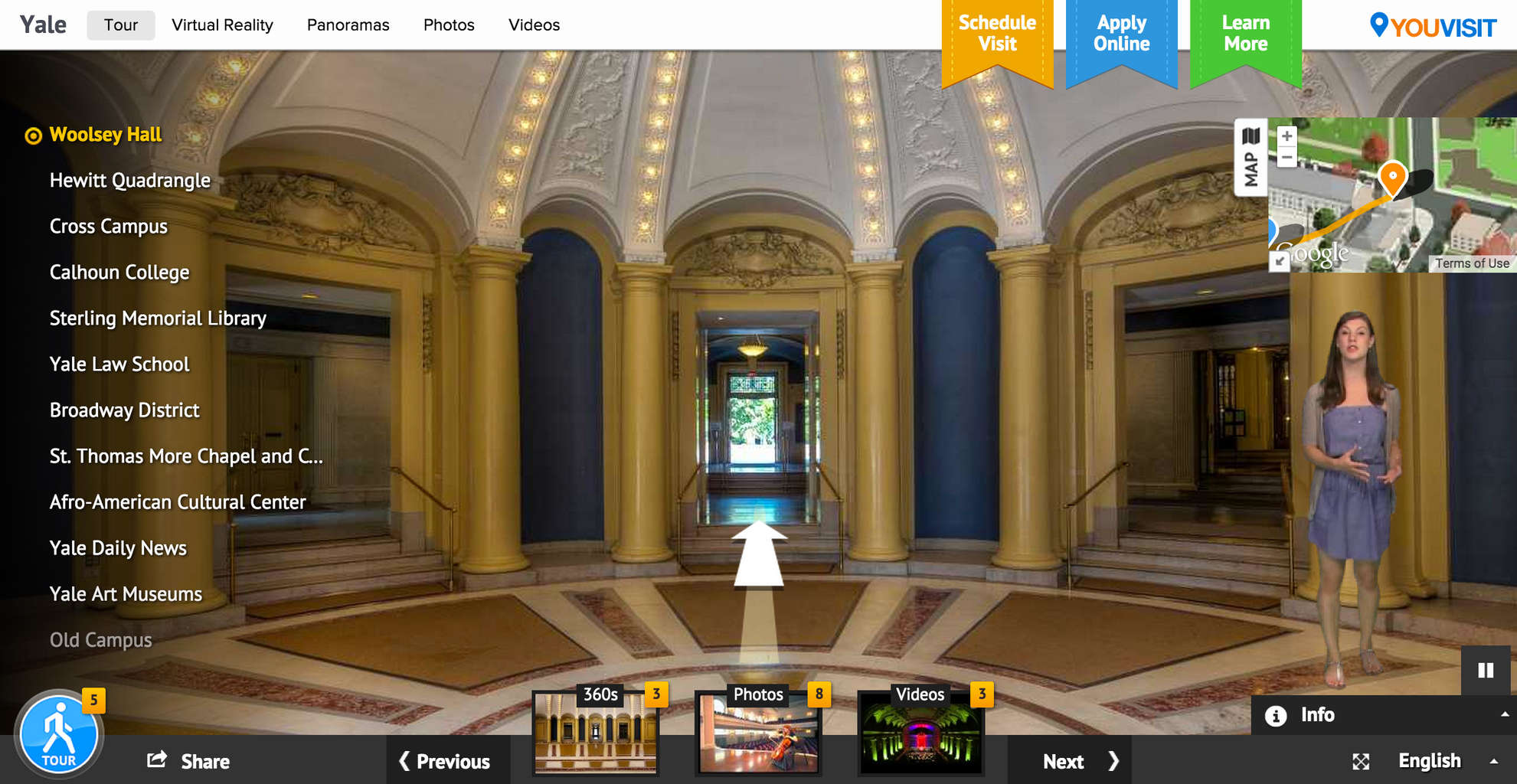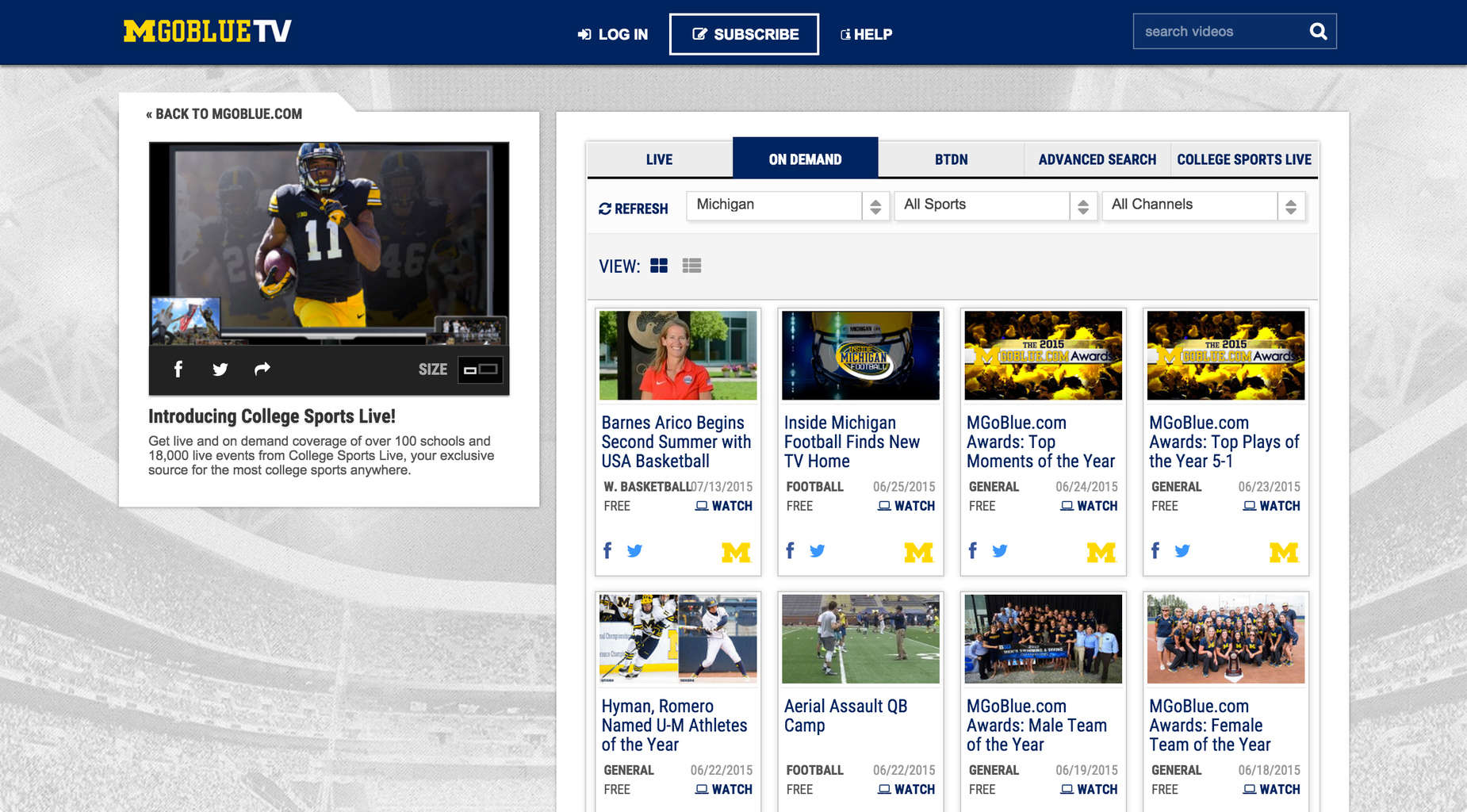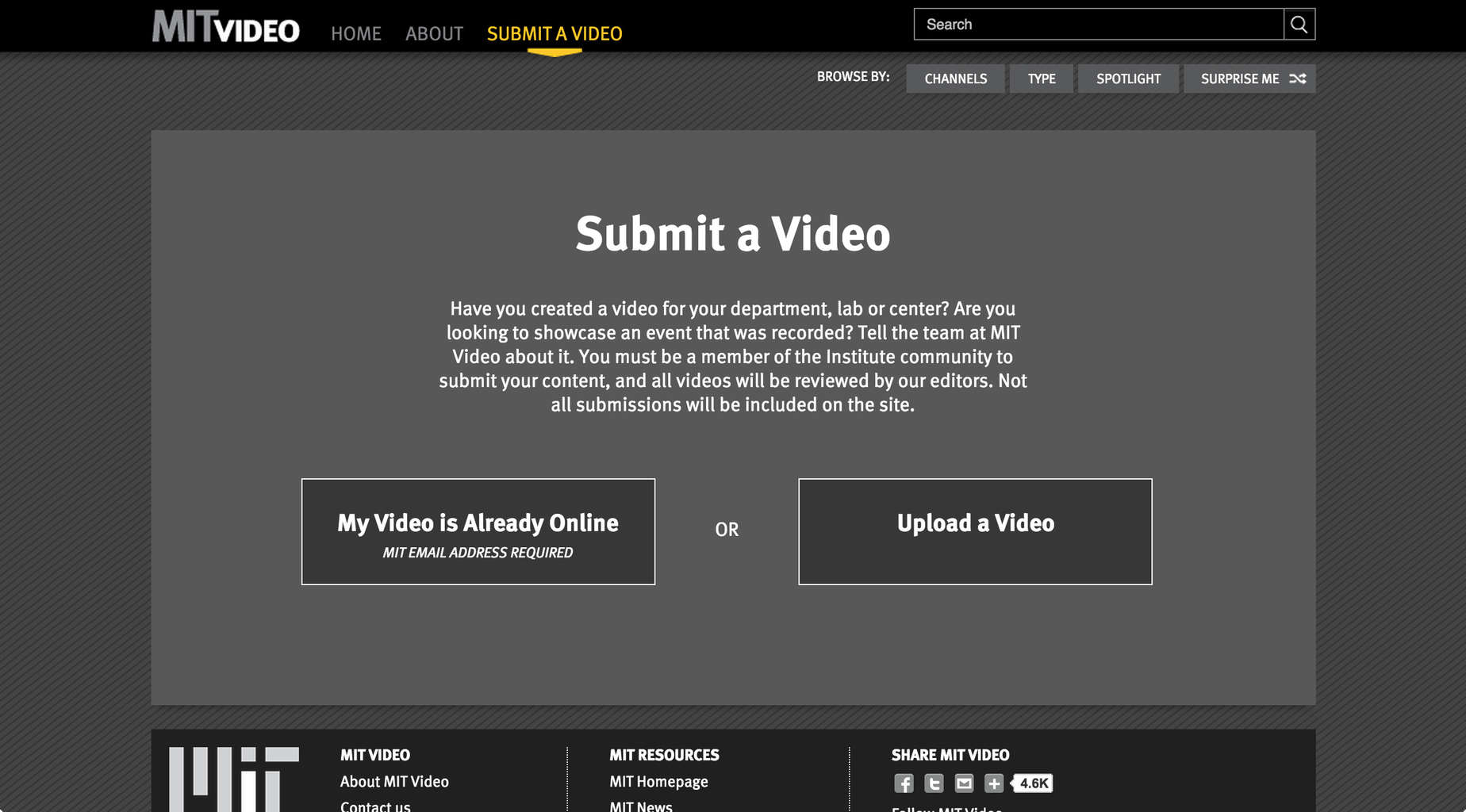It might be counterintuitive to think of universities as brands, but schools of higher learning are competing for a finite set of students and the revenue that keeps them solvent from year to year. Even institutions with large endowments rely on maintaining brand prominence to continually attract top talent, and make the investment in a degree worth it.
Thus it is no surprise that video, the king of all social media engagement, is playing a prominent role in how universities are portraying and positioning their brands to prospective applicants, current students, and alumni. Here are four ways universities are winning with video.
Show not tell
A visually rich website and social media presence can help inform and assuage concerns. Even though college scouting trips are fairly common nowadays, there will always be a percentage of students who cannot travel to view a campus. And even those who have visited might have lingering questions about the school that can’t be answered through traditional written materials.
A number of universities are using virtual tours – some even incorporating virtual reality – to provide an immersive, guided experience for students to “walk through” the campus and facilities.
Advances in technology, like YouTube’s 360 degree playback put user-controlled, immersive experiences at the finger tips of intrepid universities, like Björk did with her stonemilker video.
Create an experience
Creating niche content helps target specific demographics and user interests. The University of Michigan runs a separate website for athletics that features high quality, unique video content that is available on demand and can’t be found anywhere else. Behind-the-scenes, analysis, Top 10 plays, and more create a “wall of sound” that can leave a powerful impression on a viewer.
Similarly, the MIT Video website features over 12,000 titles ranging from tech talks to theatre performances to news. The site is also unique in that it solicits user generated content from different departments to ensure the breadth of campus activity and research are represented.
Let students tell the story
A vibrant campus life is reflected in a myriad of activities like athletics, music, performing arts, clubs, etc. Videos produced solely by the school can have a manufactured quality that might not resonate with the intended audience.
Fortunately, savvy digital natives are producing video at an astonishing rate. For example, the popularity of shows like The Sing Off have made videos of college a cappella groups enormously popular. While the videos might not be officially endorsed by the school, they can be incorporated as secondary and tertiary content in trying to describe a rich student life.
The University of Oregon’s On the Rocks a cappella group garnered over 5 million views with their arrangement of Lady Gaga’s Bad Romance. Given the prominence of the Oregon Ducks’ athletic programs, this video provides a nice contrast, and illustrates the diversity of the student body.
Reach audience on social media
The ability for video content to be freely shared and “go viral” presents a unique potential for colleges and universities. In 2010, a group of students and admissions officials at Yale produced an independent “lip dub” video that showed a playful and kitschy side of the university.
More recently, the annual round of commencement speeches has created a social media buzz as schools jockey for the most entertaining or most inspiring speaker of the year. Stanford’s 2005 Commencement Address with Steve Jobs has garnered over 22 million views, and undoubtedly has inspired a new generation of entrepreneurs to apply to the school.
With incredibly high engagement numbers, video will continue to play an increasingly big role in the content marketing plans for universities. Ensuring a steady stream of content creation combined with a solid image/video library system like Libris will help universities stay on the forefront of video-based content marketing.






